
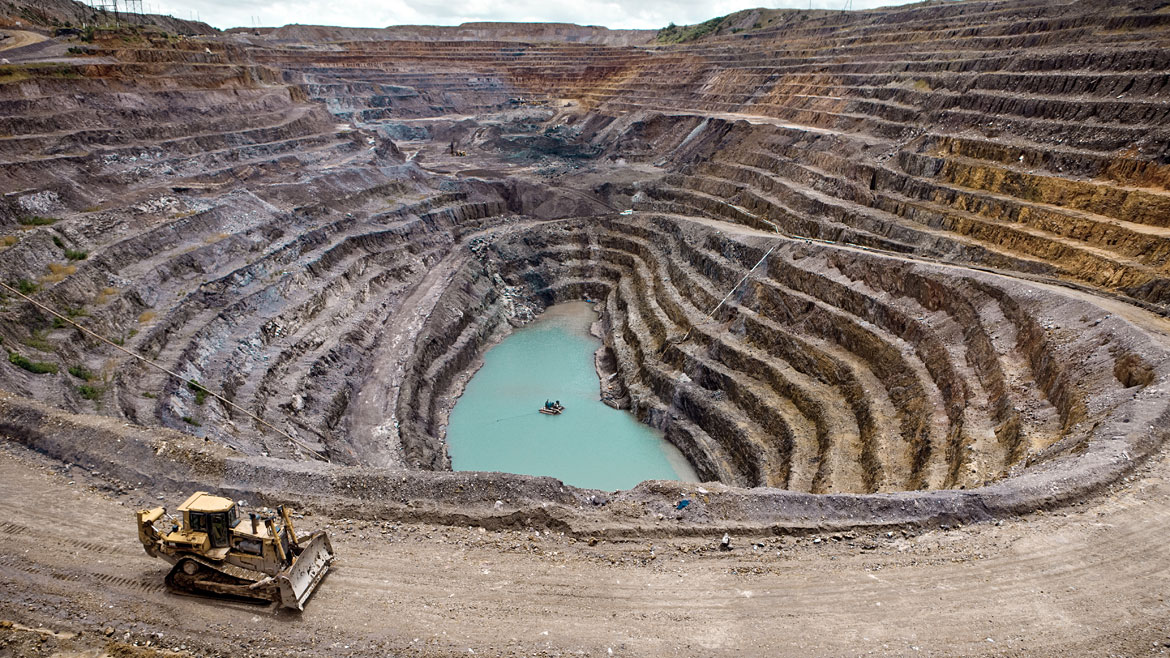
In Congo, a lack of transparent and equitable management of natural resources has excluded most citizens from the benefits of the country’s vast mineral reserves. To address these inequalities, The Carter Center is working to advance economic justice by gathering and publishing information about the mining sector to be used by civil society to support reform in mining practice and policy. All Photos: The Carter Center/ G. Dubourthoumieu | Carter Center Slideshow (2011)
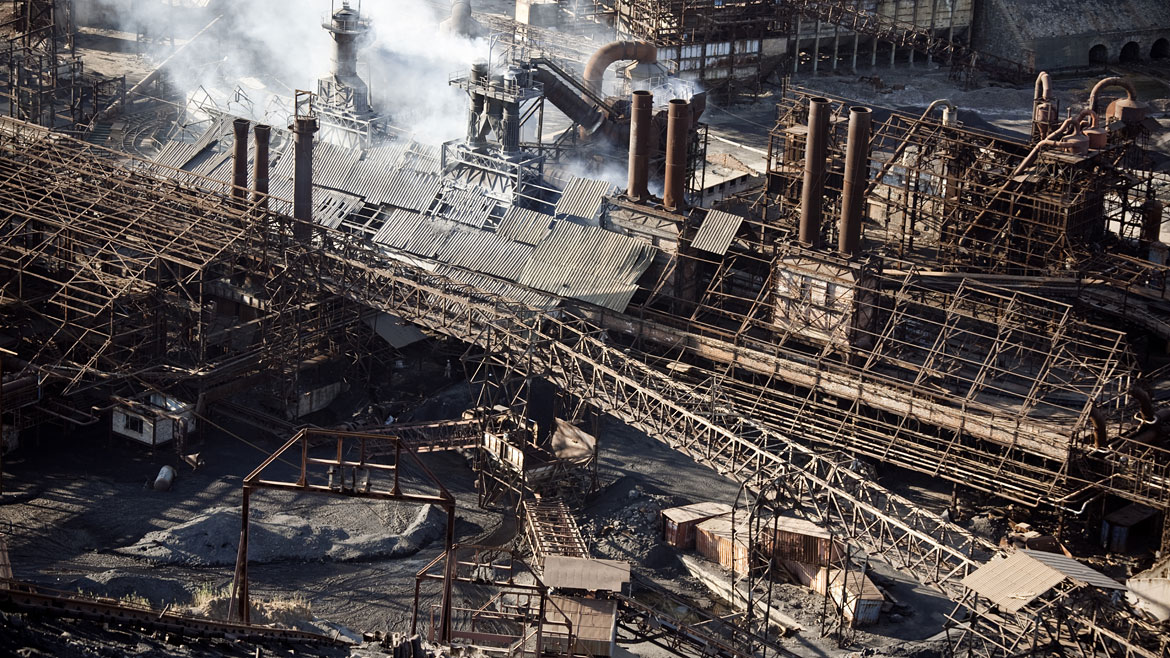
The Carter Center spent months mapping Katanga province, a relatively stable region with large copper and cobalt deposits. The Center focused on mapping, collecting data, and building the capacity of civil society in this province with the hope Katanga can serve as a model for the rest of the country. In October 2011, the maps were published as an Internet tool to provide policy reform advocates with accurate and detailed information about the mining industry of Katanga. Seen here is a once prosperous copper mine in Katanga, now vacant as company debts accumulate. All Photos: The Carter Center/ G. Dubourthoumieu
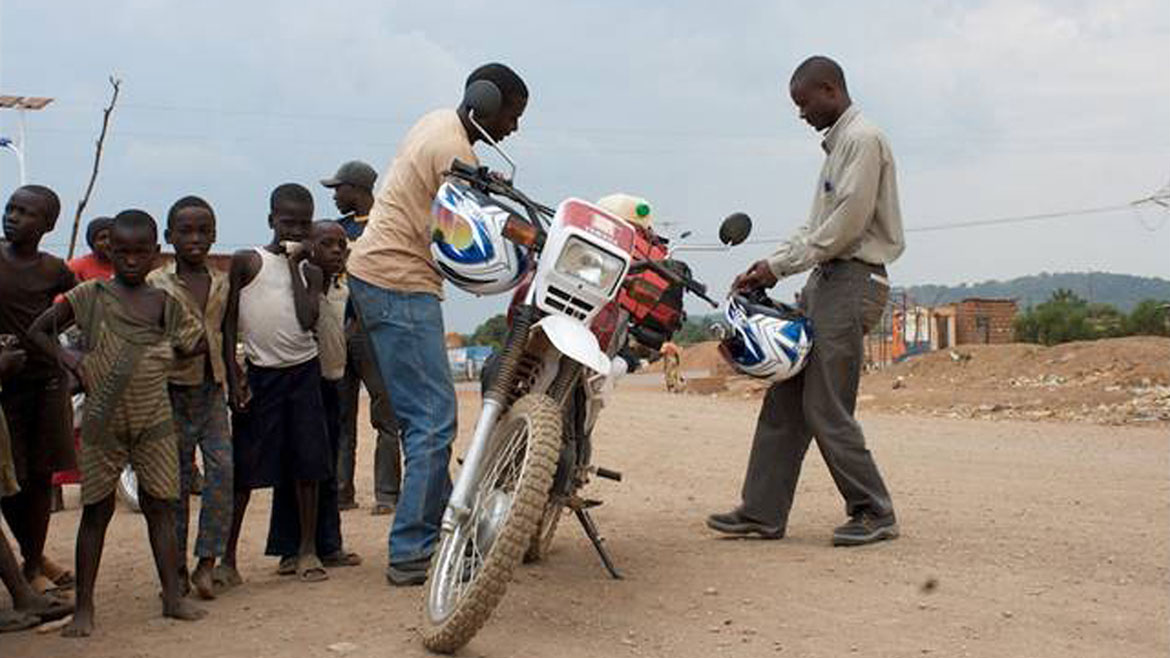
The information published at www.congomines.org was collected by teams of researchers. These teams, like the one pictured here, often used motorcycles to reach remote mining sites. All Photos: The Carter Center/ G. Dubourthoumieu
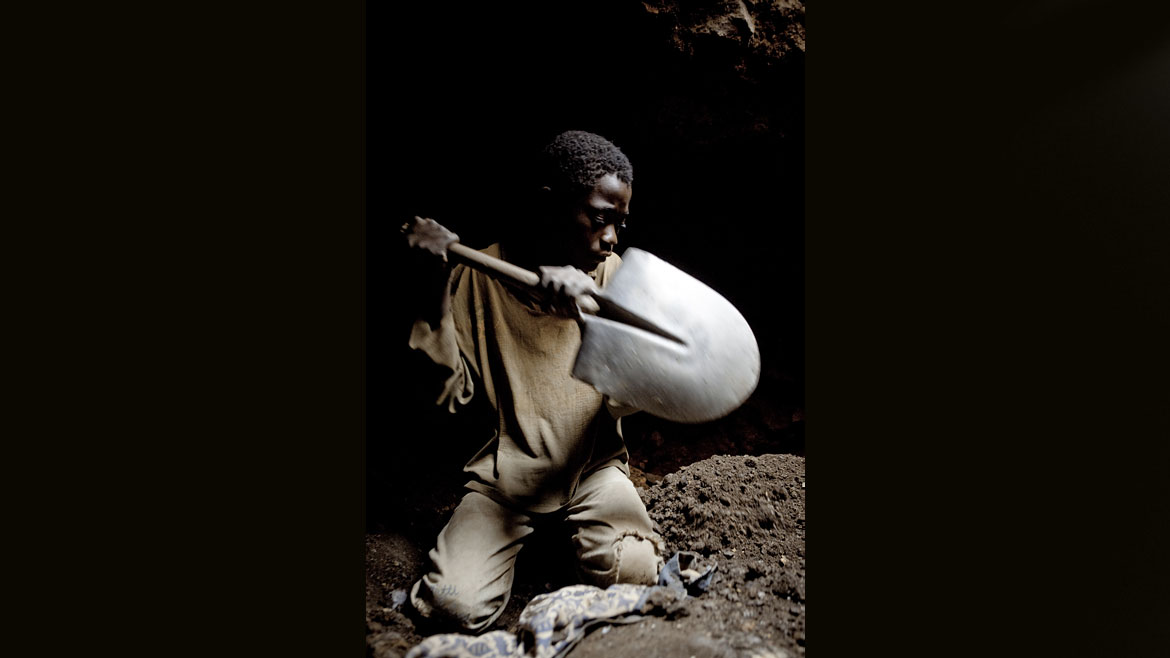
In a mining sector defined by irregularities and mismanagement, large industrial mining projects can earn huge profits while many Congolese struggle to survive through artisanal mining, or small-scale subsistence mining, a dangerous industry exploiting men, women, and children. Reform of mining policy and practices represents one way to address the exploitation and economic injustice occurring within the mining sector. The Carter Center’s mapping and data collection will provide accurate and accessible information to government and civil society groups working for such reform. All Photos: The Carter Center/ G. Dubourthoumieu

Artisanal miners, like the one seen here, work in hazardous conditions. Using only simple tools, they will dig up to 30 meters deep in search of a mineral vein without safety helmets, ropes, or shoes. Cave-ins occur on a daily basis. All Photos: The Carter Center/ G. Dubourthoumieu
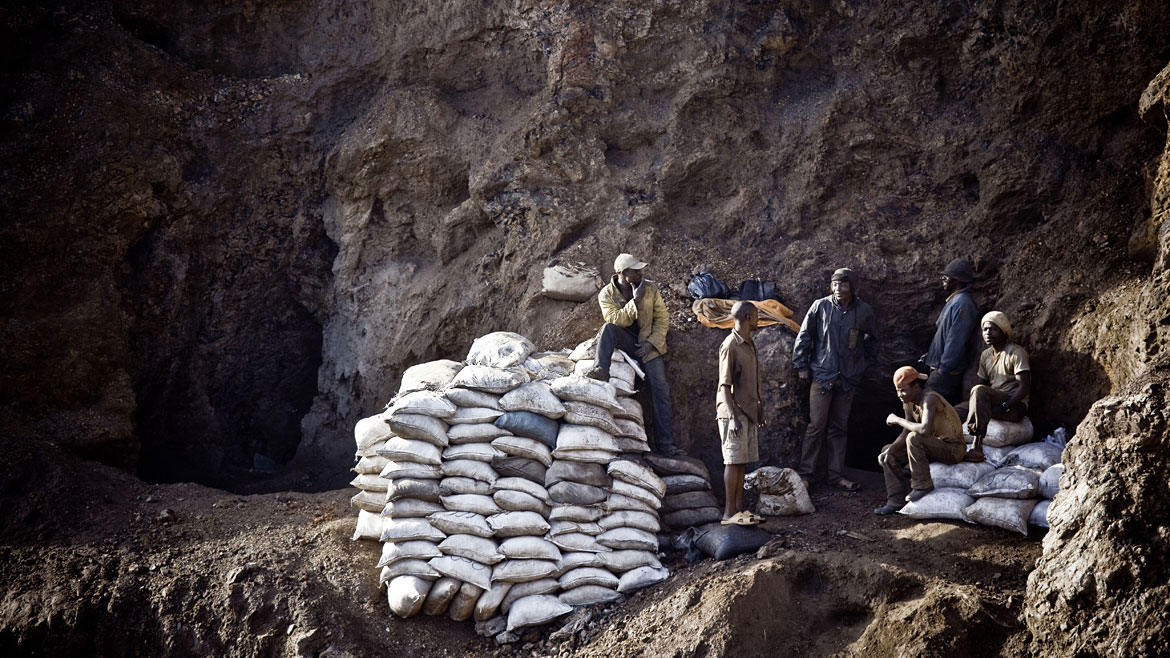
To give a true picture of the current mining landscape, The Carter Center included artisanal mining sites in maps of Katanga. Though artisanal mines supply much of the world with natural resources, the sector remains largely unregulated and ignored. They work without economic or legal protections, and sell minerals at constantly fluctuating and very low prices. All Photos: The Carter Center/ G. Dubourthoumieu

Many artisanal miners live in makeshift huts built from plastic sheets. Lacking privacy and basic sanitation, these settlements exist without a long-term vision for development. Occasionally, the bulldozers of large mining companies will target these artisanal mining communities, forcing residents to spend months rebuilding their destroyed homes. All Photos:The Carter Center/ G. Dubourthoumieu

To prevent the local population from stealing potential profits, mining companies often chase away artisanal miners living near mineral pits. These violent raids are perpetrated by private security guards and armed police officers, and sometimes target village residents not involved in the mining industry. This man, shown in a Lubumbashi hospital, was shot in the back during an attack on his village in late 2009. Over a year later, he is still waiting for compensation for the cost of the operations that saved his life. All Photos: The Carter Center/ G. Dubourthoumieu
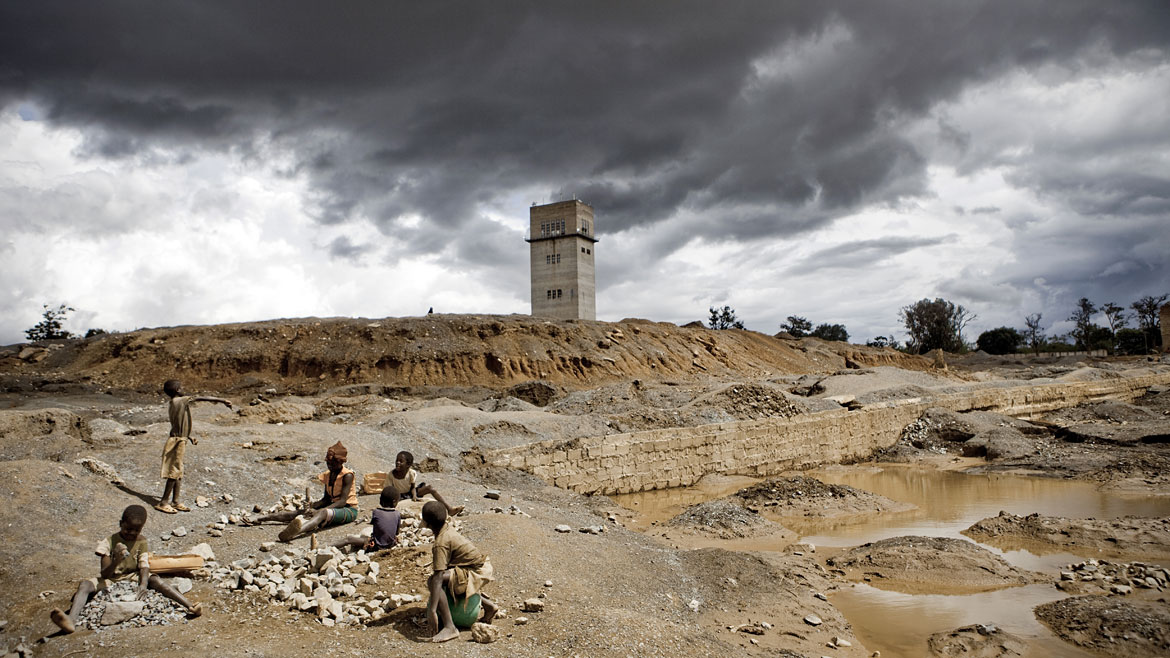
Income from artisanal mining, along with limited subsistence agriculture, is the means of survival for many families in Katanga. The transitory nature of artisanal mining fractures family structures, and the harsh conditions of mining communities foster high rates of underage labor, child prostitution, and sexual violence against women and children. All Photos: The Carter Center/ G. Dubourthoumieu

Half of the workforce of the artisanal mining sector is comprised of children. Without viable economic alternatives, most children must join their parents in rudimentary mining pits. Children as young as two years transport, wash, and crush minerals to earn half a dollar a day. All Photos: The Carter Center/ G. Dubourthoumieu
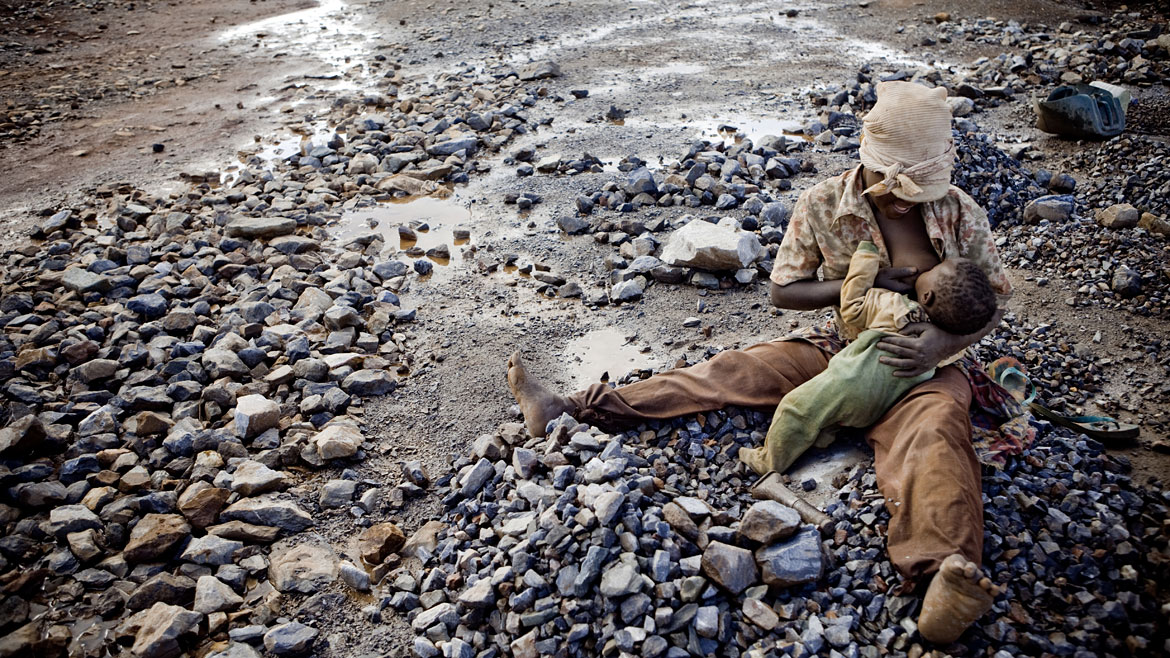
Female miners, like the one seen here, raise their children as they work. Women are banned from lucrative industrial mining jobs and survive by subsistence mining on less profitable sites. In addition to data collection for the Web portal, The Carter Center has completed assessments of the human rights and environmental impact of industrial mines on two communities near Lubumbashi. The results will be published in an upcoming report. All Photos: The Carter Center/ G. Dubourthoumieu

A child passes by a row of expensive cars outside a bank in the center of Lubumbashi, the capital of Katanga and hub of the copper mining industry. In the city, the few that profit from the region’s mineral wealth live in luxury and security, while most of the population struggles to earn a basic living. Children, like the one here, may earn a little money for their family by selling tissues or wooden sticks. Others may clean shoes, earning about 10 cents a pair. All Photos: The Carter Center/ G. Dubourthoumieu

Without the support of key industry and government stakeholders, efforts to reform mining policy at top levels have been unsuccessful. For this reason, building the capacity of nongovernmental organizations to call for reform is the most important step in creating a stable and transparent economy that benefits all people of Congo. The Carter Center’s integrated mining and mapping portal, launched in October 2011, provides civil society the information needed to support reform in mining practice and policy, increased transparency, and better governance of Congo’s natural resources. All Photos: The Carter Center/ G. Dubourthoumieu
